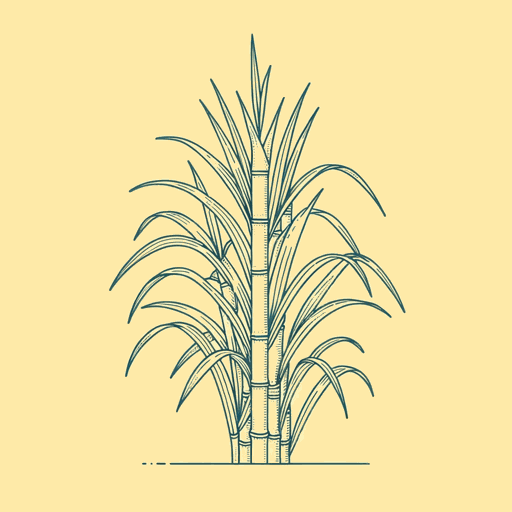59 pages • 1 hour read
Nancy Scheper-HughesDeath Without Weeping
Nonfiction | Book | Adult | Published in 1992A modern alternative to SparkNotes and CliffsNotes, SuperSummary offers high-quality Study Guides with detailed chapter summaries and analysis of major themes, characters, and more.
Chapter 1Chapter Summaries & Analyses
Chapter 1 Summary: “O Nordeste: Sweetness and Death”
The first chapter of the book describes the sugar plantations of the Brazilian Northeast, focusing on the harshness of life for its residents. In the opening paragraph, the northeast is described two ways: by Roger Bastide as a "land of contrasts," and by Josue de Castro, as "600,000 square miles of suffering" (31).
The author lists a host of health, social and economic problems, yet the main argument from this chapter ties these myriad issues, and the misery they combine to form, to the industrial-scale cultivation of a single crop―sugar. The author argues that the cultivation of sugar on such a massive scale is a "monoculture," one that damages and distorts the populace around it. Fueling this violence, the author cites, was the new Western European and North American appetite for cheap sugar. Cycles of poverty are one such effect, yet in this chapter, Scheper-Hughes describes a virtual caste system, which began in slavery and continued past emancipation. Indian—and, later, African—slaves were at the lowest rung of this system, providing labor for the vast plantations. Following emancipation, government incentives and foreign capital led to the construction of sugar factories, called usinas. Although workers were no longer slaves, the intense political repression of the mid-20th century did little to improve their lot.

